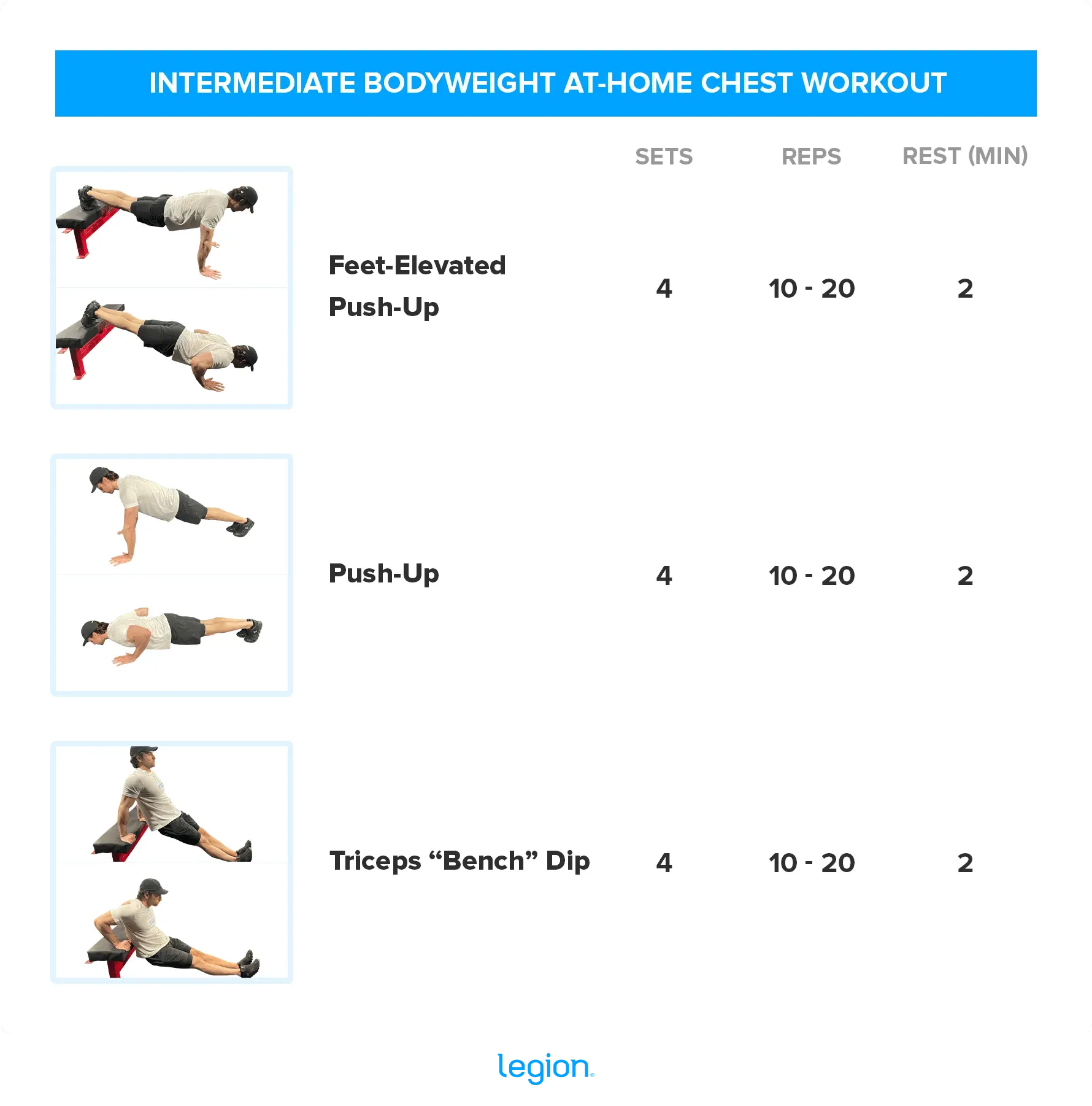Table of Contents
Let's be real. Not everyone has a fancy gym membership or a garage packed with weight benches and dumbbells. Maybe time is tight, or maybe you just prefer the comfort of your own space. Whatever the reason, if you’re looking to build a stronger chest without any equipment, you might wonder if it's even possible. Can you actually get those pecs popping using just your own body?
Why an At Home Chest Workout Bodyweight Works
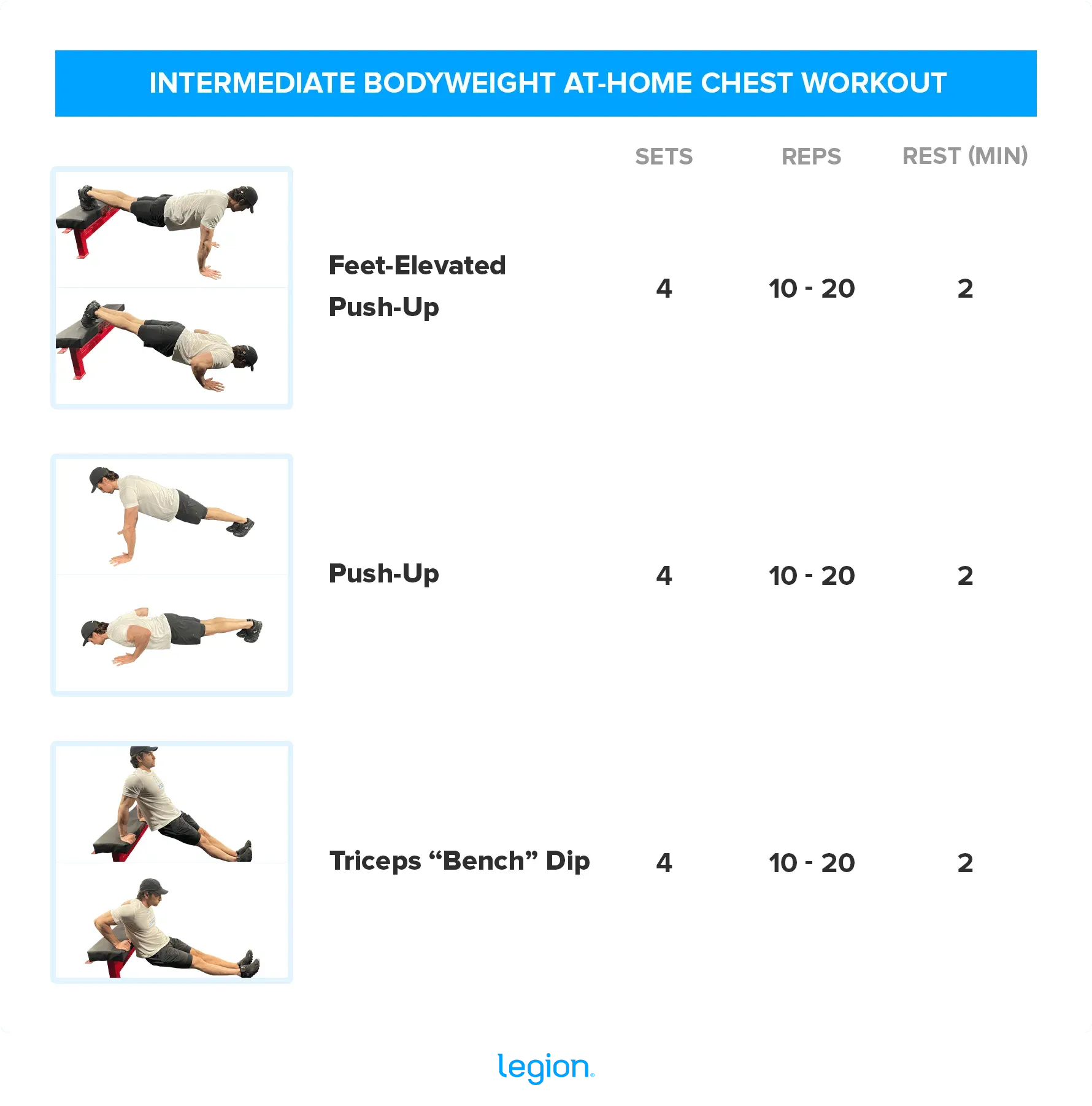
Why an At Home Chest Workout Bodyweight Works
so you're thinking, "Bodyweight chest workout? Seriously? Isn't that just for beginners?" And yeah, I get it. We've all seen the guys benching monstrous weight in the gym. But let me tell you, relying solely on an at home chest workout bodyweight strategy can be incredibly effective. It forces you to engage stabilizer muscles you often ignore with machines or even free weights. You're not just pushing a load; you're controlling your entire body through space. This builds functional strength and a level of body awareness that lifting heavy often misses. Plus, the sheer convenience? Priceless. No commute, no waiting for equipment, just drop down and get to work. That consistency alone makes a huge difference over time.
Mastering the Fundamentals: Your Core At Home Chest Workout Bodyweight Moves
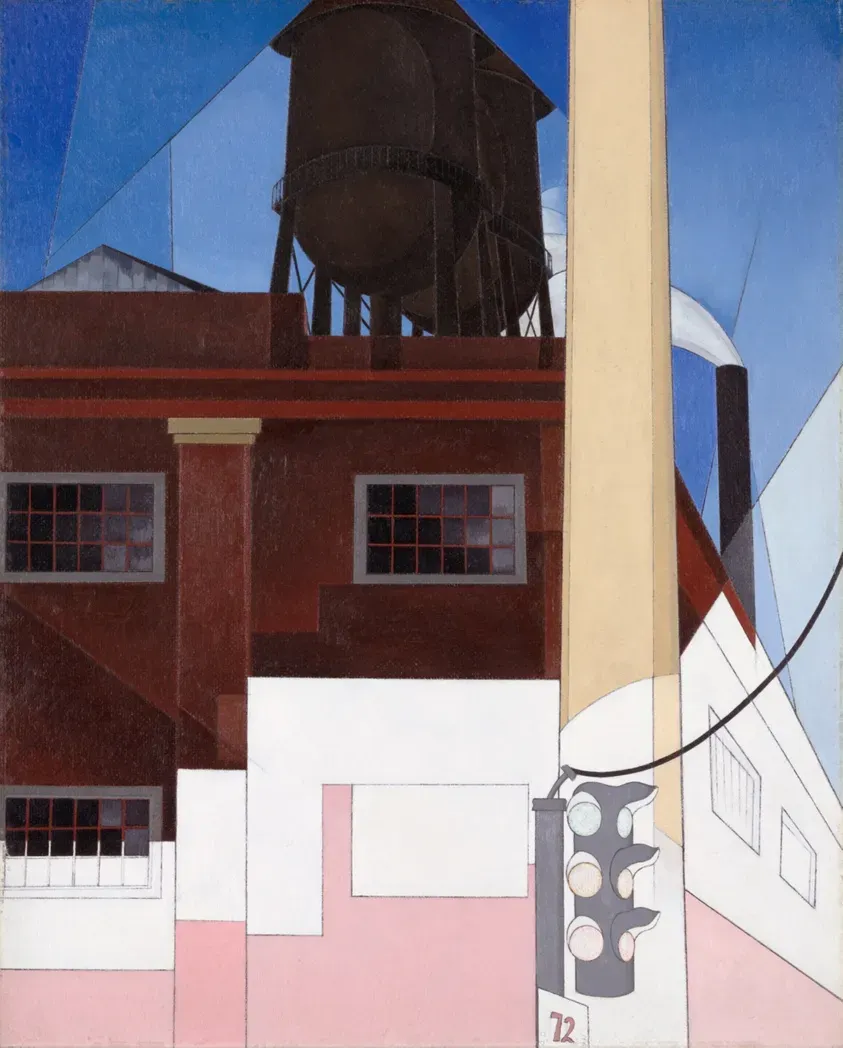
Mastering the Fundamentals: Your Core At Home Chest Workout Bodyweight Moves
The Humble Push-Up: Your Foundation
so you're ready to build that chest with just your body. Where do you even start? The absolute cornerstone, the king, the undeniable workhorse of any at home chest workout bodyweight routine is the push-up. Seriously, don't underestimate it. It works your chest, shoulders, triceps, and even your core if you do it right. Think of it as your baseline strength test and your main driver for growth. Get good at these, and everything else follows. Proper form is key here: hands slightly wider than shoulder-width, body in a straight line from head to heels, lower your chest towards the floor keeping elbows tucked slightly, and push back up with power. Don't let your hips sag or pike up.
Making Push-Ups Work for You
Maybe a standard push-up feels impossible right now, or maybe they're too easy. The beauty of the push-up is its scalability. If you're struggling, elevate your hands on a sturdy surface – a kitchen counter, a chair, a step. The higher the surface, the easier it is. This lets you build strength gradually. If standard push-ups are getting easy, you need to increase the challenge. Slow down the eccentric (lowering) phase, pause at the bottom, or try different hand positions. These variations keep the stimulus fresh and your muscles guessing. It's all about finding the version that challenges you for the desired number of reps.
- **Incline Push-Ups:** Hands elevated on a bench, chair, or counter. Great for beginners.
- **Standard Push-Ups:** On the floor, hands shoulder-width or slightly wider. The classic.
- **Close-Grip Push-Ups:** Hands closer than shoulder-width. Hits triceps more, but still works inner chest.
- **Decline Push-Ups:** Feet elevated on a bench or chair. Shifts focus to the upper chest.
- **Explosive Push-Ups:** Push up with enough force for your hands to leave the ground. Builds power.
Adding Depth and Different Angles
Once you've got the standard push-up down and can handle some variations, it's time to hit the chest from slightly different angles within your at home chest workout bodyweight routine. Decline push-ups, where your feet are elevated on a chair or bench, are fantastic for targeting the upper chest, giving you that fuller look up top. Another great one is the dive bomber push-up, which is a more dynamic movement that flows from a pike position to a push-up, working the chest, shoulders, and triceps in a unique way. Don't feel like you need to do every variation every workout. Pick a few that challenge you and rotate them to keep things interesting and ensure balanced development.
Leveling Up: Advanced At Home Chest Workout Bodyweight Variations
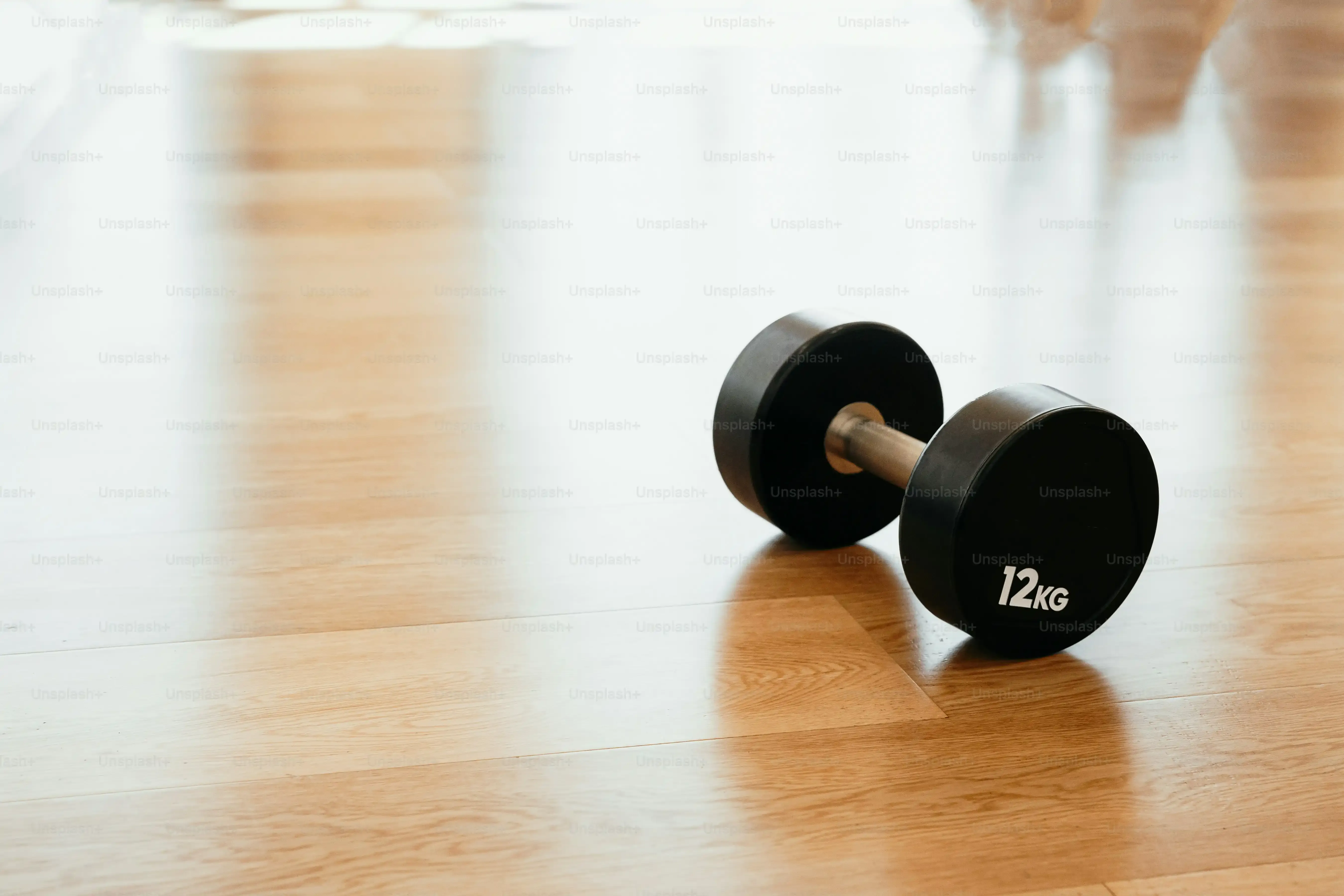
Leveling Up: Advanced At Home Chest Workout Bodyweight Variations
Beyond the Basic Push-Up: Increasing Leverage
So you've crushed the standard push-up. You can do sets of 20 or more without breaking much of a sweat. That's great, but it means your at home chest workout bodyweight needs an upgrade. Simply doing more reps eventually hits a point of diminishing returns for building muscle mass and strength. It's time to make the existing moves harder. One of the most effective ways is to manipulate your leverage. Think about the one-arm push-up progression. You don't jump straight into it. You start by widening your stance, then shifting more weight to one arm, maybe using a basketball or elevated surface for the assisting hand, gradually taking more weight off until you're supporting yourself on just one side. This forces a massive amount of tension onto the working pec, shoulder, and triceps, mimicking the intensity of adding significant weight.
Adding Instability and Depth: New Angles of Attack
Another route to serious gains in your at home chest workout bodyweight routine is introducing instability or increasing the range of motion. If you have access to gymnastic rings or TRX straps at home, ring push-ups are brutal because your stabilizer muscles have to work overtime just to keep the rings from flying out sideways. Even without rings, you can elevate your hands on unstable surfaces like stacked books or even just yoga blocks to make floor push-ups tougher. Deep deficit push-ups, performed with your hands elevated on blocks or parallel bars (like parallettes if you have them), allow your chest to go below hand level at the bottom of the movement, providing a deeper stretch and recruiting more muscle fibers. These variations demand more control and strength throughout a larger range of motion.
- **Pseudo Planche Push-Ups:** Hands turned outwards, shifted lower towards the waist, leaning forward. Hits chest and shoulders hard.
- **Archer Push-Ups:** Lowering towards one hand while the other extends out to the side. Progresses towards one-arm push-ups.
- **Deficit Push-Ups:** Hands elevated on blocks or parallettes to increase range of motion.
- **Ring Push-Ups (if you have rings):** Unstable and challenging, hits stabilizers.
- **Plyometric Push-Ups:** Clap push-ups, or other explosive variations. Builds power.
Tempo, Pauses, and Combining Movements
Sometimes, leveling up isn't about learning a whole new exercise, but about making the ones you know more effective. Slowing down the negative (lowering) part of the push-up to a 3-5 second count increases time under tension, which is a major driver of muscle growth. Pausing at the bottom for a second or two eliminates momentum and forces your muscles to work harder to initiate the push back up. You can also combine movements, like doing a push-up followed by a plank jack, or integrating knee tucks between reps. These might not sound like pure "chest" exercises, but they increase overall fatigue and make the core push-up feel much harder. Getting creative with tempo and combinations keeps your at home chest workout bodyweight challenging and prevents plateaus.
Structuring Your Effective At Home Chest Workout Bodyweight Routine

Structuring Your Effective At Home Chest Workout Bodyweight Routine
How Often and What Exercises?
so you've got the moves down – from the basic push-up to the more advanced variations. Now, how do you stitch them together into an actual routine? Consistency is king when it comes to any training, especially with an at home chest workout bodyweight approach. Hitting your chest muscles 2-3 times a week is a solid starting point for most people looking to build muscle and strength. Your muscles need time to recover and grow between sessions, so don't train them to failure seven days a week. As for exercise selection, you don't need a dozen different push-up types in one workout. Pick 2-4 exercises that challenge you and hit slightly different angles. Maybe you do some decline push-ups for upper chest, follow it up with standard push-ups for overall mass, and finish with some close-grip variations for triceps and inner chest emphasis. Keep it focused.
Sets, Reps, and Making Progress
Once you have your exercises chosen for your at home chest workout bodyweight session, you need to think about volume and intensity. For building muscle (hypertrophy), aiming for 3-5 sets per exercise is standard practice. The rep range is where it gets interesting with bodyweight. If you can easily do 15-20 reps of a standard push-up, that variation is likely becoming more endurance work than strength or size building. That's when you need to progress to a harder variation, aiming for a rep range where you feel significantly challenged in the 8-15 rep range. If you're aiming more for pure strength, focus on variations where you can only manage 5-8 solid reps. The key isn't just doing the workout; it's making sure the workout is difficult enough to force adaptation. If it felt easy, you probably didn't push hard enough or need a harder exercise variation next time.
- **Sample At Home Chest Workout Bodyweight Routine:**
- Warm-up (5-10 minutes: arm circles, light cardio)
- Exercise 1: Decline Push-Ups (3 sets, as many reps as possible with good form)
- Exercise 2: Standard Push-Ups (3 sets, as many reps as possible with good form, potentially using a harder variation if needed)
- Exercise 3: Archer Push-Up Progression (3 sets per side, working towards fewer assisting reps)
- Exercise 4: Close-Grip Push-Ups (3 sets, aiming for controlled reps)
- Cool-down (5 minutes: stretching chest, shoulders, triceps)
Troubleshooting Your At Home Chest Workout Bodyweight Progress
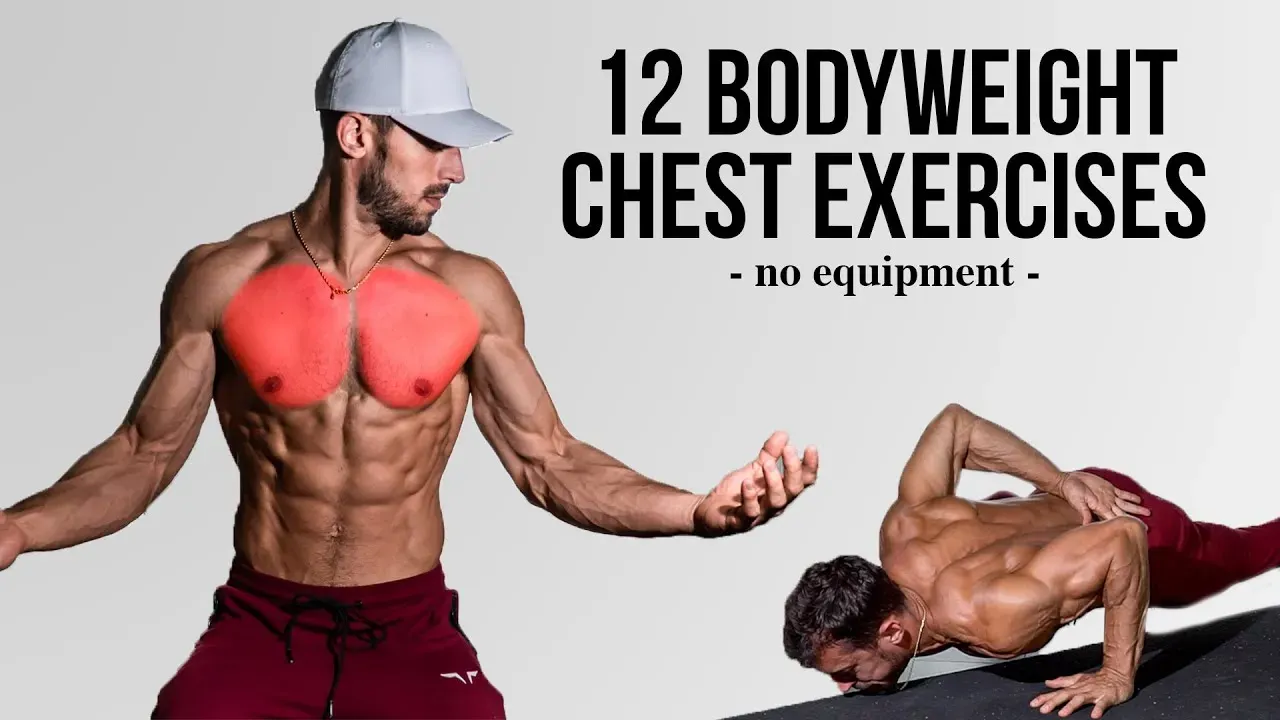
Troubleshooting Your At Home Chest Workout Bodyweight Progress
Hitting a Wall? Identify the Problem
So you've been crushing your at home chest workout bodyweight routine for a few weeks or months, and suddenly, progress has stalled. You can't squeeze out any more reps, harder variations feel impossible, and frankly, it's getting a bit frustrating. This is super common, so don't beat yourself up. The first step in troubleshooting is figuring out *why* you're stuck. Are you consistently skipping workouts? Is your form getting sloppy as you fatigue? Are you trying the same exact push-up variation every single time? Sometimes the issue isn't the workout itself, but how you're approaching it. Maybe you're not recovering enough, not eating enough, or maybe, just maybe, you've gotten a little too comfortable with what you're doing.
Strategies to Break Through Plateaus
Alright, you've figured out you're stuck. Now what? Time to shake things up in your at home chest workout bodyweight. If reps are easy but the next variation feels too hard, try adding some intermediate steps. For instance, if standard push-ups are easy but archer push-ups are too much, work on pseudo planche push-ups or weighted push-ups (put a backpack on!). You can also play with tempo – slow negatives, pause reps – to increase time under tension without adding external load. Seriously evaluate your form; a slight tweak can make an exercise significantly harder and more effective. And don't underestimate the power of consistency and recovery. Showing up is half the battle, and letting your muscles actually repair and grow is the other half. Sometimes, the best troubleshoot is simply sticking to the plan and ensuring you're eating and sleeping adequately.
- **Increase Intensity:** Slow down reps, add pauses, try harder variations.
- **Adjust Volume:** Don't be afraid to do more sets or slightly higher reps on easier days.
- **Improve Form:** Focus on controlled movement throughout the full range of motion.
- **Increase Frequency:** If recovering well, add an extra lighter chest session per week.
- **Consider Nutrition & Recovery:** Are you eating enough protein? Getting enough sleep?
- **Try Different Variations:** Don't get stuck on just one or two exercises.
Your At Home Chest Workout Bodyweight Journey
So, there you have it. Building a strong, functional chest doesn't require a gym full of machines or stacks of weight plates. An effective at home chest workout bodyweight routine is well within reach, relying on fundamental movements and smart progression. Consistency matters more than fancy equipment. Focus on controlled movements, challenge yourself with variations as you get stronger, and pay attention to how your body responds. It won't happen overnight, but stick with it, and you'll find that your own body is a powerful tool for building the chest you want, right where you are.
